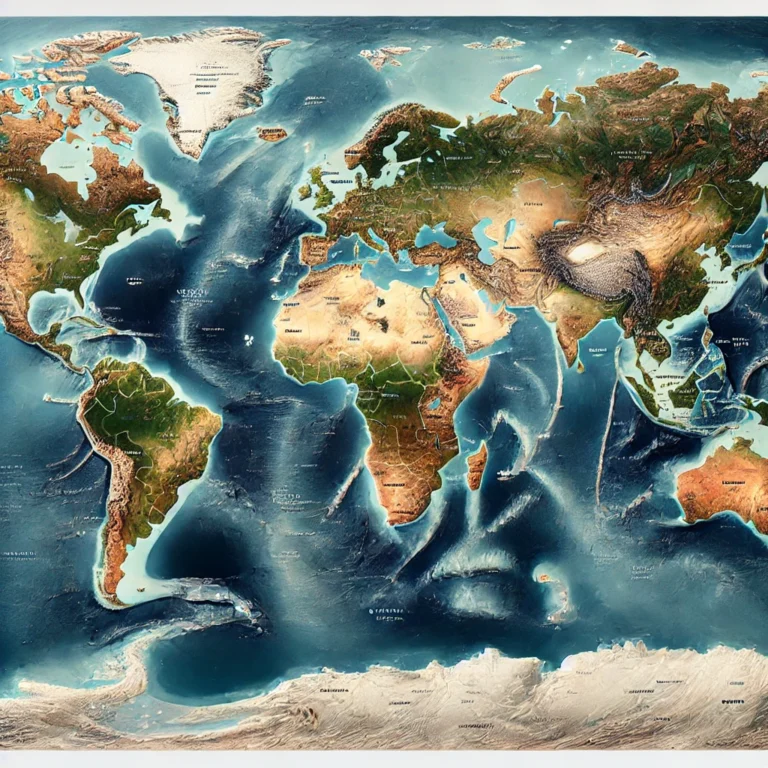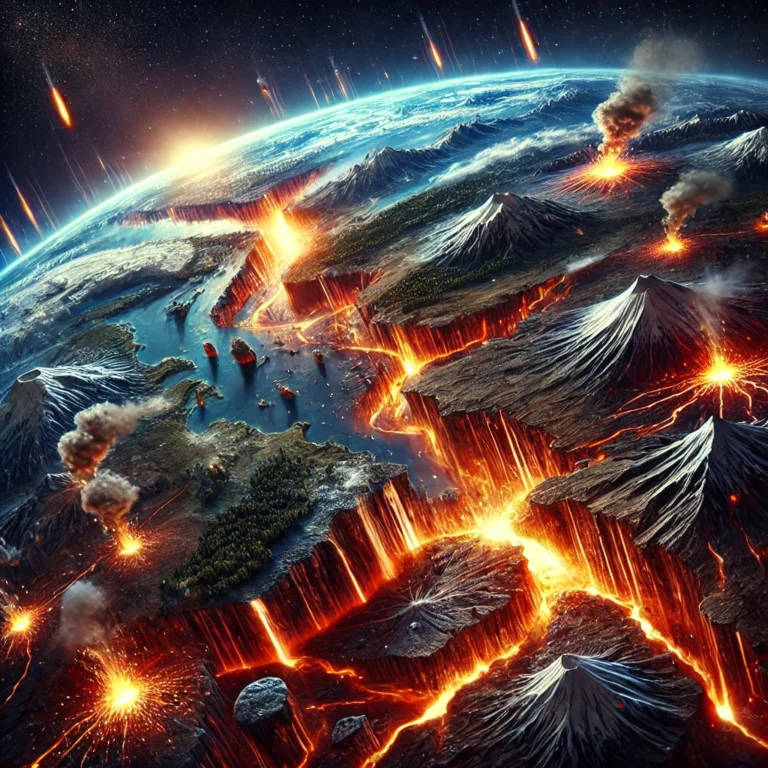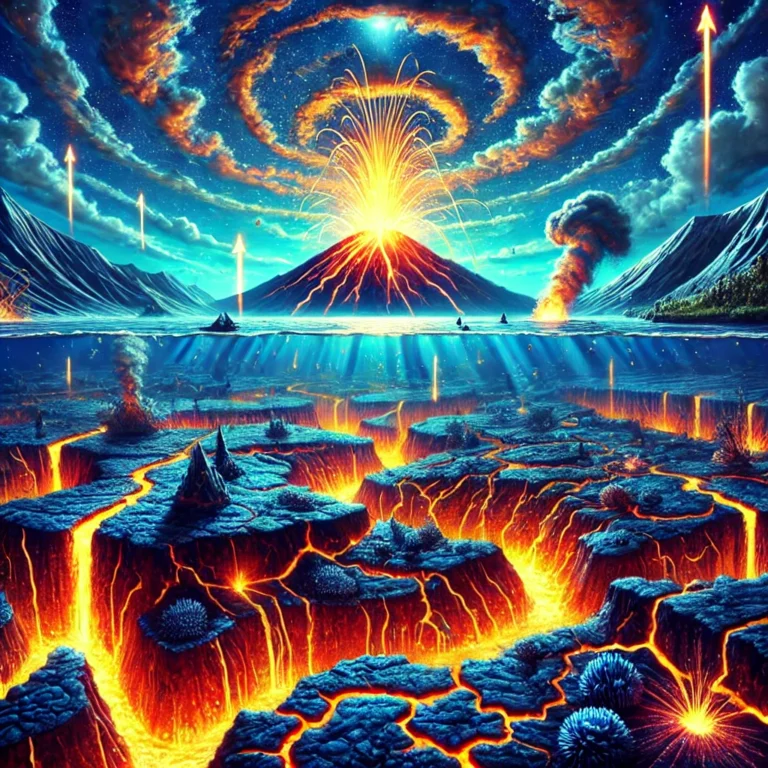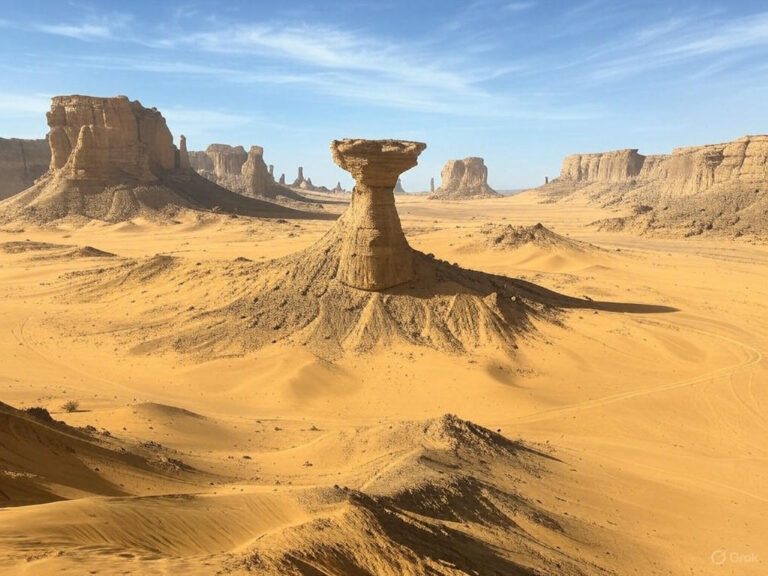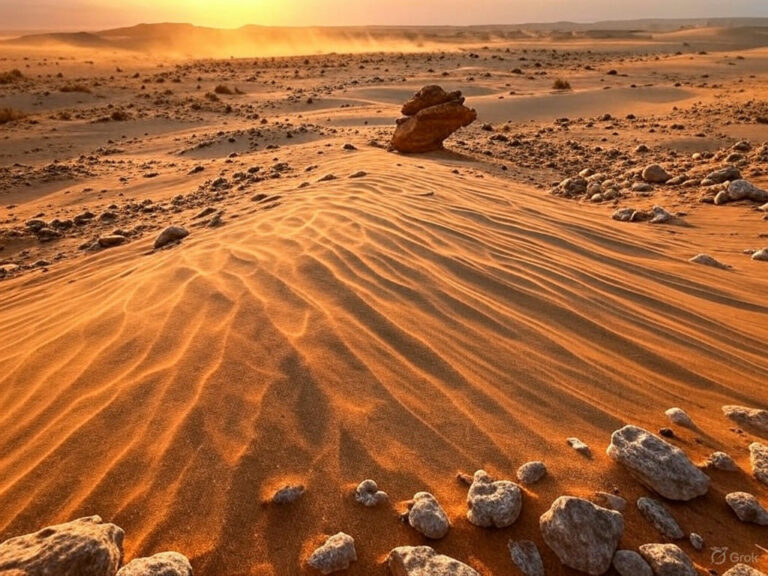Important Facts about Africa
1. Area and Geographical Size
🔸 Africa covers an area of 30.3 million square kilometres, which is:
- About 6% of the Earth’s total surface area, and
- 20% of Earth’s total land area.
📌 This makes Africa the second-largest continent in the world—
- By area (after Asia)
- By population (again, after Asia)
🧭 Location-wise, most of Africa lies above the Equator, i.e., in the Northern Hemisphere.
2. Political Divisions: Countries and Territories
- Africa is made up of 54 countries and 9 dependent territories.
🗺️ Largest countries (by area):
- Algeria
- Democratic Republic of the Congo (DRC)
- Sudan
- Libya
- Chad
🌍 Smallest countries (by area):
- Island nations: Seychelles, São Tomé and Príncipe, Mauritius, Comoros
- Mainland Africa: Gambia, Eswatini (formerly Swaziland), Djibouti, Rwanda, Burundi
3. Population
👥 Africa’s population is around 1.4 billion.
📈 Most populous countries:
- Nigeria
- Ethiopia
- Egypt
- Democratic Republic of the Congo
- Tanzania
🧒 A very important point: Africa has the youngest average population in the world. Median age: around 19 years.
This has huge implications for demographic dividend, development potential, and policy planning.
4. Geographical Extent
Let’s understand the continent’s spatial spread.
📍 Longitudinal Extent:
- From 17°W (Cape-Vert in Senegal) to 51°E (Ras Hafun in Somalia)
- This makes the width ~7,400 km
📍 Latitudinal Extent:
- From 37°N (Ras ben Sakka in Tunisia) to 34°S (Cape Agulhas in South Africa)
- So the height is ~8,000 km
🧭 Observation: Africa is more north-south elongated, and this has consequences for climate zones, vegetation, and cultural diversity.
5. Coastline
🌊 Africa’s coastline is about 30,500 km long, which is surprisingly shorter than Europe’s coastline (~38,000 km), even though Africa is much larger.
💡 Why? Because Africa lacks:
- Deep inlets
- Prominent bays and gulfs
🗾 The island of Madagascar has Africa’s longest individual coastline (~4,800 km).
6. Major Cities
🏙️ Largest urban agglomerations (by area):
- Cairo (Egypt)
- Lagos (Nigeria)
- Kinshasa (DRC)
👨👩👧👦 Largest by population:
- Lagos
- Kinshasa
- Cairo
📌 Historical Trivia:
- Pietermaritzburg (South Africa): The place where Mahatma Gandhi was thrown off a train in 1893. A defining moment in his life.
- Addis Ababa (Ethiopia): Known as the “political capital of Africa” — Headquarters of the African Union is here.
7. Major Islands and Island Groups
🌴 Important islands and their political associations:
- Madagascar – Largest island in Africa; 4th largest in the world
- Seychelles, Comoros, Mauritius
- Reunion – Overseas territory of France
- Cape Verde Islands, Canary Islands – Belong to Spain
- São Tomé and Príncipe, Madeira Islands – Linked with Portugal
These islands are not just geographic trivia; they play critical roles in marine biodiversity, strategic geopolitics, and colonial history.
8. Major Lakes
🧭 By Surface Area:
- Lake Victoria – Africa’s largest lake, and second largest freshwater lake in the world
- Lake Tanganyika
- Lake Malawi
🧭 By Volume:
- Lake Tanganyika
- Lake Malawi
- Lake Victoria
🌊 Deepest Lakes:
- Lake Tanganyika – Second deepest lake in the world (after Russia’s Lake Baikal)
- Lake Malawi – Also very deep
9. Highest Mountains
🗻 Africa’s major peaks:
- Mount Kilimanjaro – Tanzania – 5895 m (Tallest in Africa)
- Mount Kenya – 5199 m
🔍 Kilimanjaro is volcanic and snow-capped — despite being near the equator!
10. Longest Rivers
🌊 Major rivers (approximate lengths):
- Nile River – ~6,650 km (world’s longest or second-longest, depending on how you measure the Amazon)
- Congo River – ~4,700 km
- Niger River – ~4,200 km
- Zambezi River – ~2,500 km
🛶 These rivers are crucial for agriculture, hydroelectric power, transport, and culture.
11. Landlocked Countries
🌍 Total landlocked countries in Africa: 16
Examples:
- Ethiopia
- Uganda
- Mali
- Burkina Faso
- Malawi, etc.
🔐 Special Term – Enclave: A country or territory completely surrounded by another country.
Examples:
- Lesotho – Entirely surrounded by South Africa
- (For global comparison: San Marino and Vatican City, both enclosed by Italy)
12. Unique Geographical and Ecological Facts
🌐 Africa is the only continent that stretches from the northern temperate zone to the southern temperate zone.
🌾 Dominant biome: Grasslands or savannahs—more than half of the continent!
💎 Mineral wealth:
- ~95% of the world’s diamonds
- ~50% of global gold production
- 90% of platinum reserves
👣 Cradle of Humankind:
- Early fossils and tools (e.g., in Olduvai Gorge) suggest that Homo sapiens originated in Africa.
🌞 Africa is the only continent crossed by:
- Equator
- Tropic of Cancer
- Tropic of Capricorn
🌿 Madagascar’s biodiversity is extremely rich and endemic:
- 95% of reptiles
- 89% of plants
- 92% of mammals are found only there


